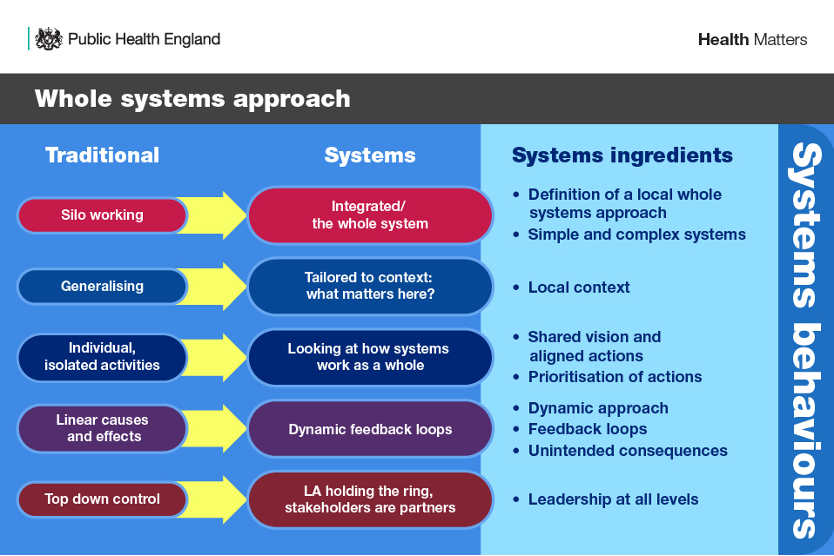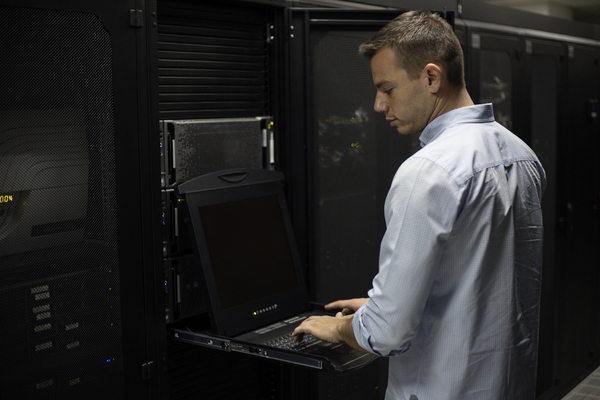A whole-system approach to resilience is a critical component in engineering

Covid-19 tested the resilience of the global community. In many countries, long-standing protocols, and procedures created to mitigate the interruption or loss of services proved insufficient or ineffective as the impacts wrought by the pandemic created new and extraordinary challenges.
During the pandemic, the rapid re-engineering of systems restored vital services, with many sectors and service providers accelerating the digital transformation of their operations. Engineers across the globe were among those who worked quickly within their organisations to help pivot operations, some switching their design and production capabilities to supply vital medical equipment. Global collaboration to design, manufacture and distribute billions of Covid vaccine doses, enabled and fast-tracked by technology, swung into action. Challenges and understanding of resilience and interdependencies across sectors were highlighted.
Substantial technical challenges remain today in making society resilient, as the dependency on digital technology increases year on year. Engineers have a vital part to play in helping to secure the solutions and mitigations which will be needed in the future.
Resilience is usually delivered through multiple systems and infrastructures, with risk assessment, risk management and response and recovery measures in place to cover a wide range of scenarios. But are the measures in place adequate? Are they tried and tested frequently enough?
We believe the answer is no.
Current measures and actions in place
The digital economy is entirely dependent on reliable electricity supplies. Conversely, electricity delivery is heavily dependent on digital technology, from domestic “smart meters” to controls for windfarms and ensuring the integrity of the national electricity and utility network. The interdependencies between sectors such as health, manufacturing and communications are such that failure in one can result in unexpected failure in another – and consideration of the interdependencies and resilience of a whole system is vital if we are to ensure the foundations of society are not built on sand.
In the UK, The Centre for the Protection of National Infrastructure (CPNI) is the UK government’s National Technical Authority for physical and personnel protective security. There are 13 national infrastructure sectors: chemicals, civil nuclear, communications, defence, emergency services, energy, finance, food, government, health, space, transport and water.
The National Risk Register is the public-facing version of the classified cross-government and scientifically rigorous National Security Risk Assessment. Co-ordinated by the Civil Contingencies Secretariat (CCS) and published in December 2020, it assesses the impact of a range of risks that may directly affect the UK in the next two years. National power loss is one of the highest-impact events noted.
In the past, the potential for national power disruption (often called a “black start”) was believed to be around two days in the worst-case scenario. The last National Risk Register suggests plans are needed for up to seven days. Steps are now being taken to ensure that plans are physically in place and tested to ameliorate the worst disruption.
A new government-driven performance standard requires the Electricity System Operator (ESO) to have sufficient capability and arrangements in place to restore 100 per cent of the UK’s electricity demand within five days. This will be implemented regionally, with an interim target of 60 per cent of regional demand to be restored within 24 hours to ensure essential services are resumed as quickly as possible. The ESO must ensure that everything is in place to comply with this standard by no later than 31 December 2026.
Such a government standard ensures that regulatory processes accommodate the economic costs of achieving this target as a national requirement, over and above the regulatory remit.
In practice, a substantial level of engineering and technical work is required to reduce the risk to this level, given the increasing changes seen in the electricity sector as the penetration of low-carbon sources has increased and older generation sources have been retired.
A draft National Resilience Strategy2, issued for consultation by the Cabinet Office in July 2021, set out the overarching vision to make the UK the most resilient nation. Still, there remains considerable work to achieve this.
It requires an unprecedented, integrated and interdisciplinary response from the UK and global engineering community, across all sectors such as power, telecommunications, water, health and manufacturing, given the deepening and increasing interdependence of businesses and sectors.
Society generally is less and less resilient to the disruption of any services. For instance, in the past most domestic properties had internal water storage, phones were hard-wired, and telecoms infrastructure was physically separate, with little dependency on communications over the internet. Hospitals had paper records, and the interdependencies of technical and medical advances were limited.
The interdependence of systems and penetration of the digital economy across sectors has created significant complexity and reliance on digital solutions.
These complexities achieve efficiency, but often at the expense of resilience. In manufacturing and other sectors, “just in time” produces efficiency, but often at the cost of “just in case”, and as recent events have shown, the balance may need to be adjusted.
A whole-system approach is needed
To understand the trade-offs as we move forward, engineers – and businesses and sectors – will have to adopt a whole system approach beyond individual sectors, which is increasingly important as the digital economy extends.

In a whole-system approach, attention is paid to the overall effectiveness of the system rather than just the effectiveness of sub-systems. For instance, we need co-ordinated standards in electricity, telecommunications, and health and other essential services if major social disruption is to be avoided from any sectoral high impact, low probability event. The interdependence of the sub-systems on the whole system must be considered and understood, interfaces defined, and standards made clear and incorporated into the engineering of the sub-systems.
To achieve this:
1. A whole-system approach is required, with resilience planning bringing critical interdependencies between sectors, standards and systems into view. Government, industries and communities need to understand the interplay of systems and the level of whole-system resilience which exists, and which is required – they may differ. Engineers play a vital role in harnessing these technologies to provide powerful modelling systems capable of predicting the variances within different scenarios and the impact of future shocks. We champion the role that a whole-system approach can play to strengthen resilience planning further.
2. Research is needed to ensure technical resilience and improved resilience planning, complemented by the necessary investment across the UK resilience ecosystem (government, industry and communities). Stepping up government investment in funded research will help inform additional resilience measures and extend the interest, influence and understanding of UK resilience issues to a broader audience. We support the need for future research and the IET will disseminate outcomes to the engineering community through our multiple communication channels.
3. Making resilience an integral part of the training engineers receive is essential and needs to include a comprehensive understanding of the interconnectivity and interdependencies between sectors, standards and systems. We understand there are always multiple calls on the education sector, regulators and others to add other topics to engineering curricula. We will be undertaking additional work and discussions to pursue action, together with others who recognise this need.
To find out more about the IET’s work on resilience, please visit Engineering a more resilient world.
By Robin MacLaren, Chair, IET Resilience Working Group

Business Reporter Team
Most Viewed
23-29 Hendon Lane, London, N3 1RT
23-29 Hendon Lane, London, N3 1RT
020 8349 4363
© 2024, Lyonsdown Limited. Business Reporter® is a registered trademark of Lyonsdown Ltd. VAT registration number: 830519543





